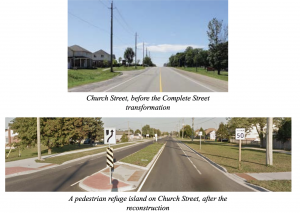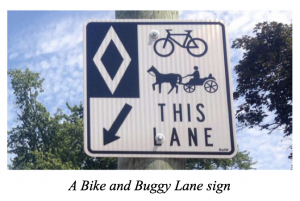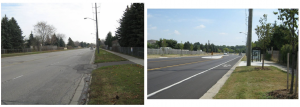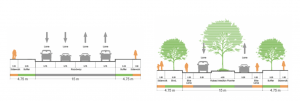The City of Waterloo is a lower-tier municipality in the Regional Municipality of Waterloo approximately 100km west of Toronto. Having key staff and Council members champion Complete Streets made Waterloo a pioneer and the second municipality in Canada to adopt a Complete Streets policy.
Waterloo was included as a case study in TCAT’s Complete Streets Gap Analysis (2012) and in a backgrounder on Rural Complete Streets (2016).




